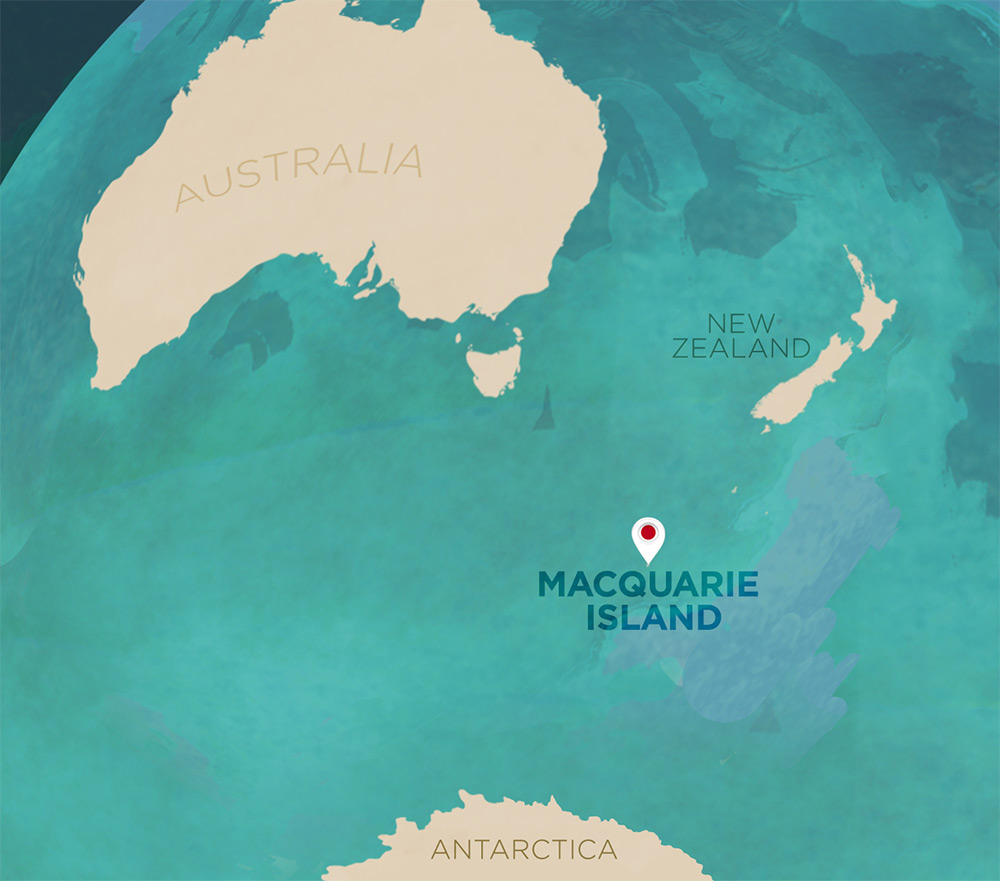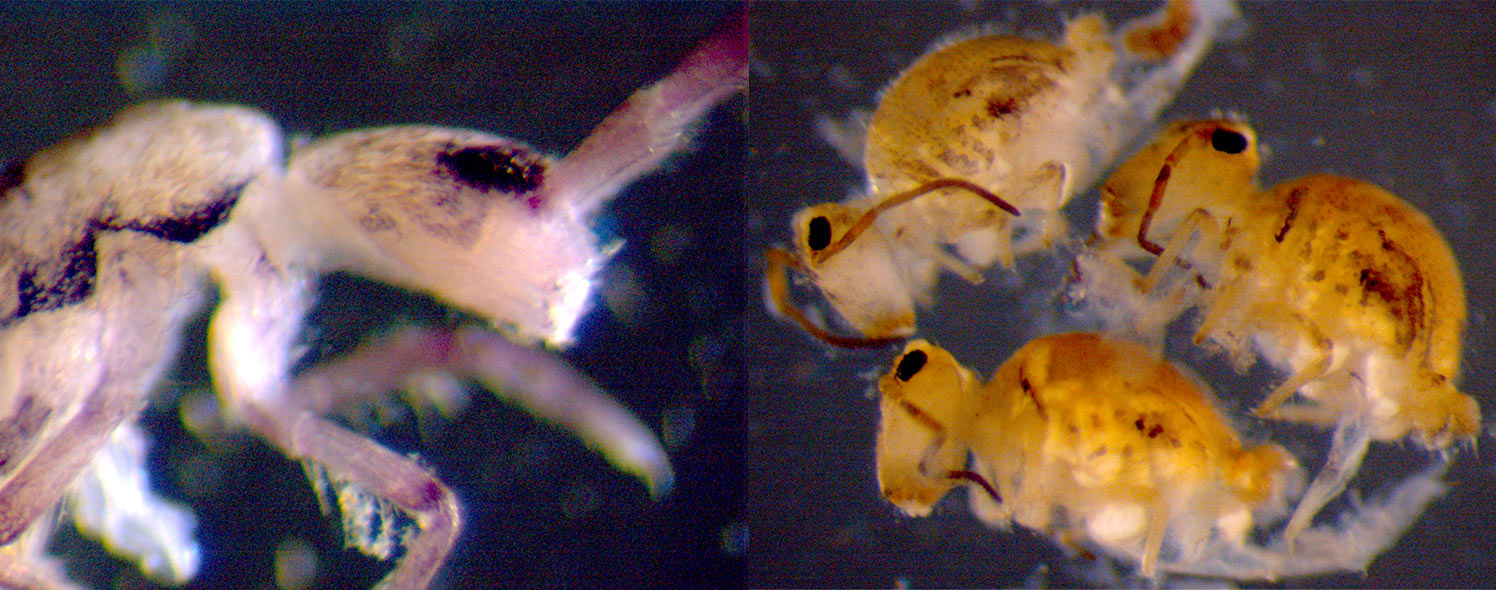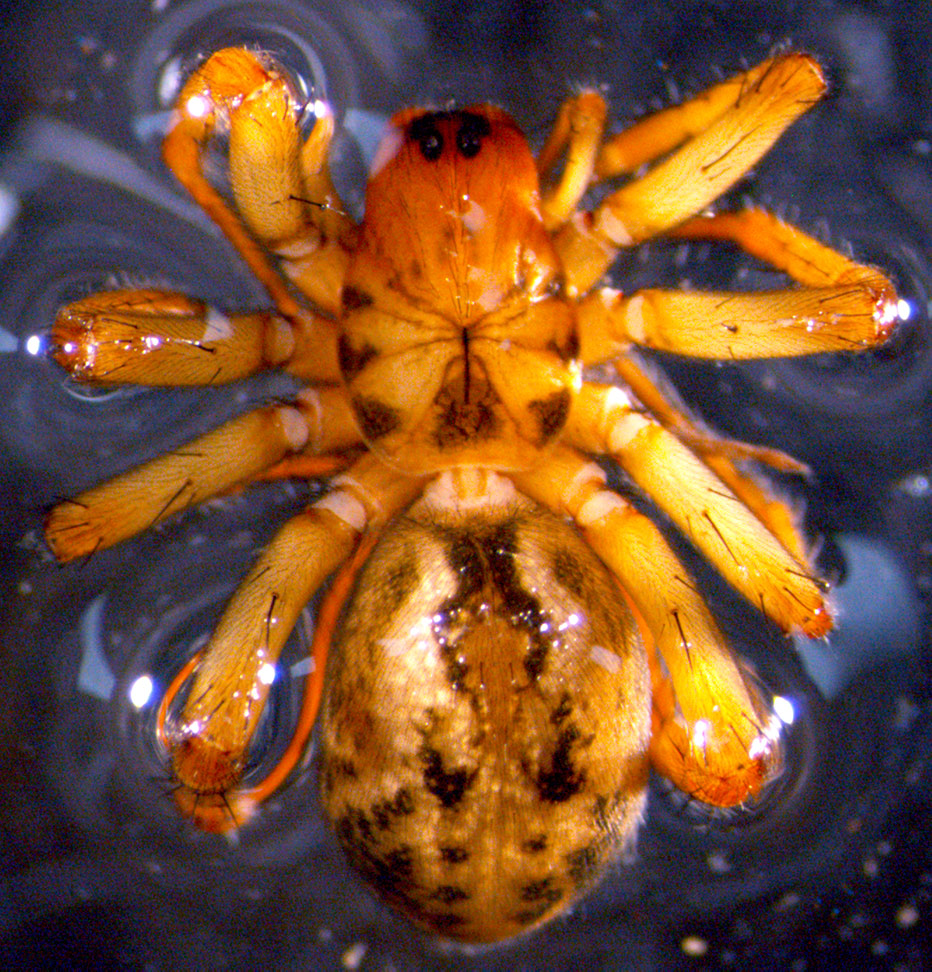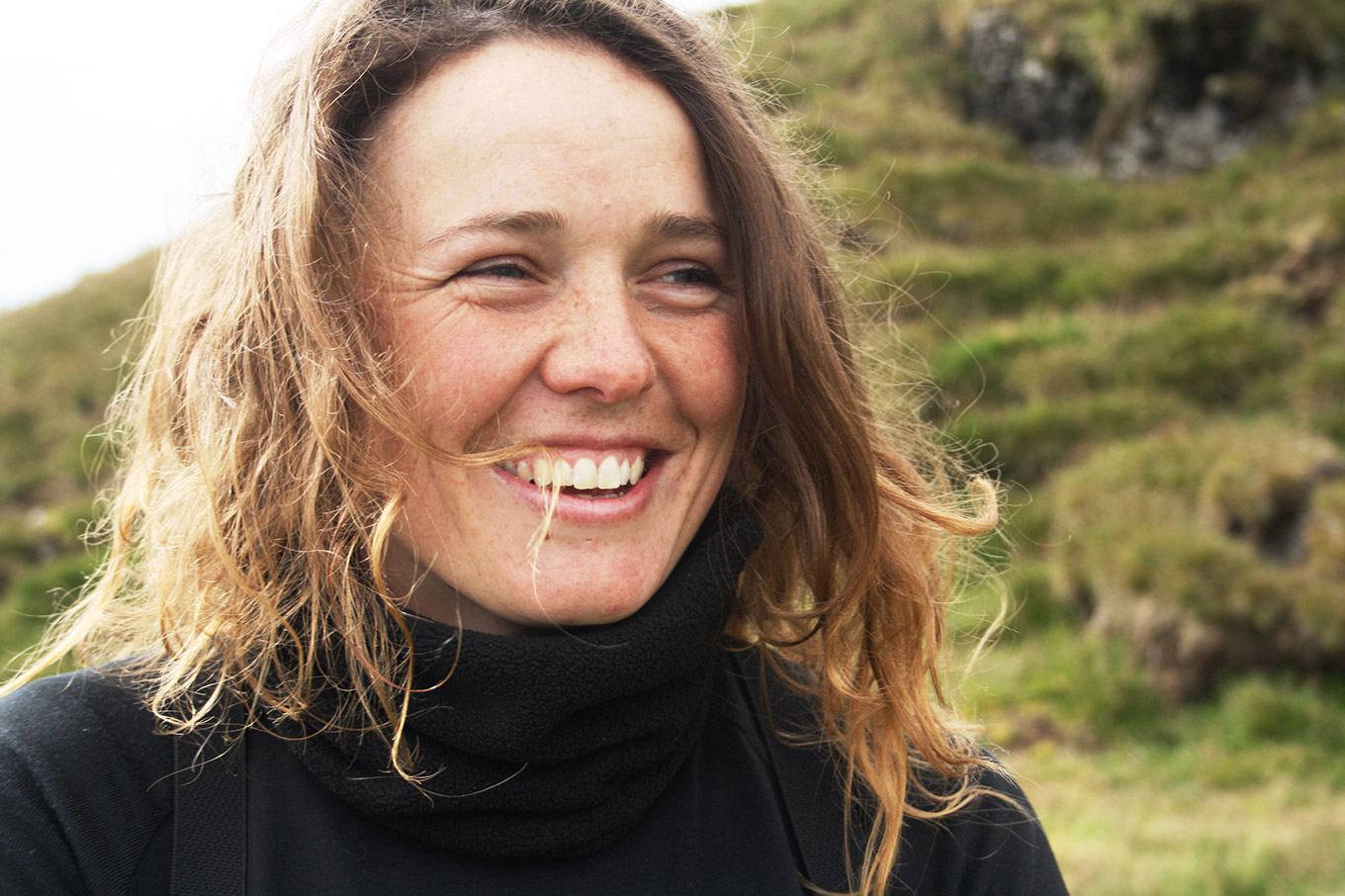The creepy-crawlies of Macquarie Island
Macquarie Island is a wildlife paradise. Located about halfway between Australia and Antarctica, the island’s unique environment, climate and location make it an important breeding area for many marine animals including seals and seabirds. The ecosystem was threatened in the 1800s and 1900s by both deliberate and unintentional introductions of non-native mammals such as rabbits and mice, but after a large conservation effort Macquarie Island was officially declared pest free in April 2014.
Scientists are now looking for clues on the impact the successful eradication program has had on the broader island ecosystem: invertebrates are in their sights.

Perhaps it’s their creepy-crawly factor, their small size, or that they're absolutely spineless (that's a pun), but many people aren't aware of the value of our invertebrate cousins. The reality is that they deserve more attention: they comprise 95 per cent of all animal species and are incredibly important in ecosystems, pollinating plants and helping break down leaf litter. A current study is suggesting that invertebrates could also tell us a lot about how ecosystems restabilise after successful eradications of mammalian pests.
There are 299 native invertebrate species known on Macquarie Island, with 18 non-native invertebrates also established on the island. The study is surveying the invertebrates, over three consecutive summers, covering a range of plant communities and habitats which were impacted by rabbit grazing to varying degrees.
The Australian Academy of Science has recognised this project by awarding the lead researcher, Ms Melissa Houghton, a Max Day Environmental Science Fellowship Award in support of the final expedition to the island due to start toward the end of 2017. To date Melissa has collected a diverse range of invertebrates using a variety of trapping techniques.
Very soon we are going to find out more about the current diversity of invertebrates on the island and what impacts the recent conservation efforts have had on invertebrate populations. While we wait for the results, we thought we should share some of the many critters that took our fancy.
Springtails
One interesting group of creatures is the springtails (Collembola). They have six legs and are related to insects. There are 35 springtail species on the island and they are important for its ecosystem. One species of springtail, Lepidobrya mawsoni, has a body up to 3 mm long and has purplish legs and antennae and dark blue patterns on its body. Another springtail, only found on the island, is Katianna banzarei, with a cute, round abdomen. These species are found in the vegetation tops, making them likely to increase in numbers as plants recover following the eradication of rabbits.

Flightless wasp
Antarctopria latigaster is a relatively uncommon species of wasp native to the island. This tiny wasp has a block-like head, long antennae and no wings. Somewhat reminiscent of a 1970s science fiction film, the wasp lays its eggs inside the living pupae of flies. After hatching, the larvae grow inside their fly hosts, only emerging after they are completely developed. The wasp was first identified on Macquarie Island and described in Sir Douglas Mawson’s 1920 report ‘The Insects of Macquarie Island’ from his Antarctic expedition.

Myro kerguelensis
There are just three species of spider on the island, including Myro kerguelensis (it’s too cool to have a ‘common’ name). M. kerguelensis doesn’t snare its prey with webs, rather, it hunts small invertebrates on the ground, even if it’s been snowing. We know that spiders were a major food source of feral mice, so it will be interesting to see how M. kerguelensis populations have changed since the removal of rodents.

We congratulate Melissa and wish her, and her colleagues and collaborators at the School of Biological Sciences, University of Queensland and the Australian Antarctic Division, the best success with the project. Conducting research on Macquarie Island, even in summer, is no small logistical feat.






